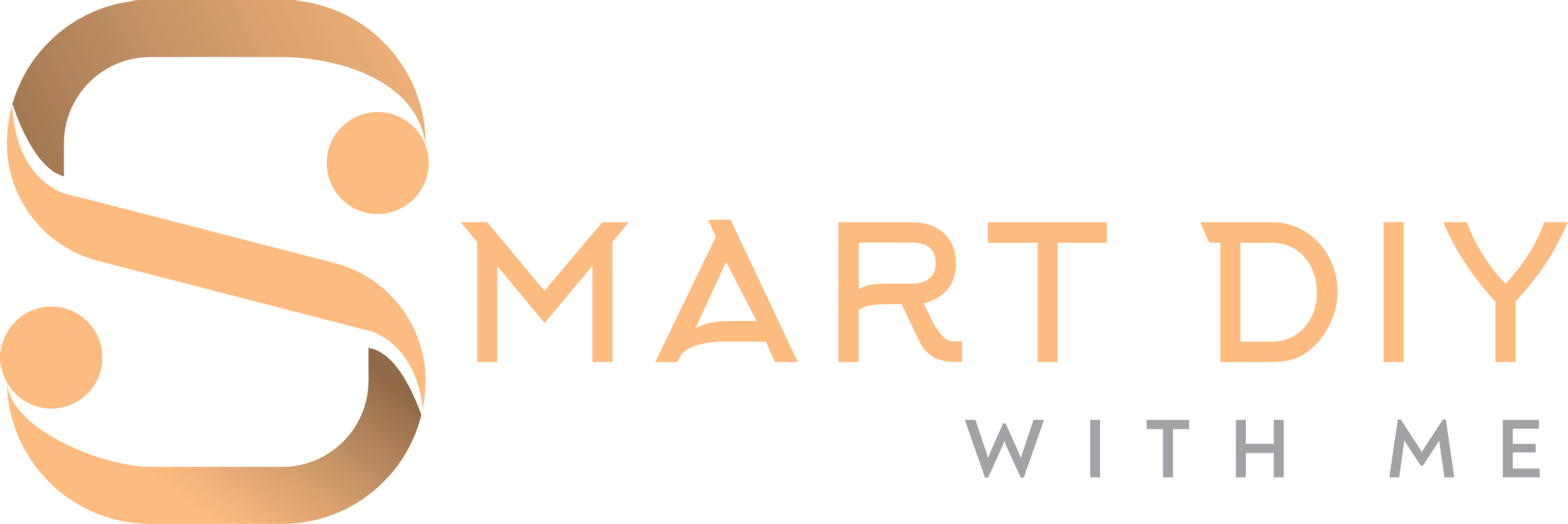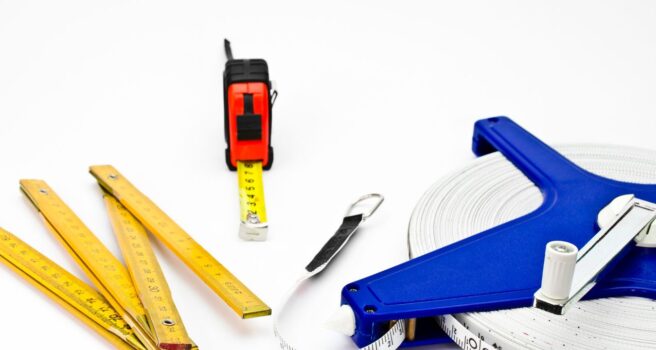Completing DIY and home improvement projects requires making accurate measurements for cutting, fitting, and installation of materials. Having the proper measuring tools is critical for achieving precision and avoiding costly errors.
This article provides an overview of essential measuring tools that every DIYer should have. We’ll cover the basics like tape measures and levels as well as more advanced tools for greater accuracy.
Click here to learn more about the Essential DIY Tools for Homeowners
Disclaimer:
Our recommendations are based on extensive experience with and/or knowledge of these products, and we do so not because of the modest commissions we could earn but rather because we believe they are actually beneficial and useful. We are honored to be these tools' affiliates. We might receive commissions from Amazon, and other merchants when you buy something after clicking one of our links. Our affiliate policy is covered in more detail here. If you don't think these things will help you accomplish your goals, please don't spend any money on them.
Why Measuring Tools Matter
Measuring tools are essential for:
- Accuracy – Ensuring correct dimensions for cuts, layouts, etc. The Komelon Self Lock 25-Foot Power Tape Measure provides 1/16″ accuracy for most DIY tasks.
- Precision – Achieving tight tolerances needed for good fits and alignments. The iGaging IP54 Electronic Digital Caliper measures 0.001″ for precision work.
- Repeatability – Getting the same measurements consistently. Quality tools like the Swanson Tool TBOLT92 Torpedo Level provide reliable results.
- Safety – Reducing errors that could lead to accidents or injuries. Accurate tools like the Calculated Industries 7434 AccuMaster AngleCube help avoid mistakes.
Having the right tools for the job will help DIYers get professional-quality results. Investing in quality tools also pays off in the long run.
| Function | Tools |
|---|---|
| Length | Tape measure, Laser measure |
| Angles | Angle finder, Level |
| Leveling | Spirit level, Laser level |
Essential Measuring Tools
The essential tools for layout and measurement include:
Tape Measures
Tape measures are the most common and versatile measuring tools used for DIY and home improvement projects.
Types of tape measures:
- Standard tape measures – Typically range from 12 feet to 30 feet. The Komelon 25-foot Power Tape Measure is a top choice for everyday use.
- Laser tape measures – Use laser beams for longer distance measurements up to 100 feet. The DEWALT 165-feet Laser Tape Measure is perfect for large spaces.
Key features to consider:
- Blade material – Fiberglass, metal, or cloth blades. Fiberglass are most durable.
- Accuracy – 1/16″, 1/8″, or 1/32″ graduations. 1/16″ suitable for most uses.
- Standout – The blade can extend while staying straight and rigid. More standout provides better reach.
- Ergonomic design – Comfortable grip and easy blade lock mechanism.
| Use Cases | Examples |
|---|---|
| Woodworking | Measuring and marking walls, flooring, and tile layouts |
| Construction | Measuring and marking walls, flooring, and tile layouts |
| Furniture building | Ensuring furniture parts fit together correctly |
Key Takeaways: Tape measures are the most essential, versatile, and economical measuring device for DIYers. Invest in a durable and accurate model with adequate standout and easy-to-read markings.
Levels
Levels are used to check if surfaces and structures are plumb (vertical) and level (horizontal).
Types of levels:
- Spirit levels – Use bubble vials to indicate level and plumb. The Swanson 9″ Torpedo Level is a top-rated basic spirit level.
- Laser levels – Project laser lines to mark level references over distance. The DEWALT Self-Leveling Cross Line Laser is a great laser-level option.
Key features:
- Accuracy – Sensitivity of the bubble vial. More accurate for delicate work.
- Durability – Withstand drops and impacts. Important for job site use.
- Visibility – Clear vials with high contrast markings are easiest to read.
Levels are essential for:
- Framing walls, floors, roofs
- Cabinetry installation
- Tiling floors and walls
Summary: Levels are critical tools for DIYers. A high-quality spirit level can handle most typical needs. Laser levels are useful for large-scale layouts.
Marking and Layout Tools
In addition to measurement, DIYers need tools for marking materials and laying out project elements:
Rulers
- Straight rulers – For drawing straight lines and small measurements.
- Curve rulers – For smooth curves.
Key features:
- Graduations – 1/8″, 1/16″, 1/32″
- Materials – Plastic, aluminum, steel
- Durable edges – For cutting against
Marking Gauges
- Scribe parallel lines to a straight edge.
- Adjustable for line spacing.
Uses:
- Marking mortises for joinery.
- Layout for grooves and dados.
Chalk Lines
- Create long straight lines for layout.
- Snap chalk-coated string to mark lines.
Key uses:
- Mark wall and floor layouts.
- Guide for long cuts with a circular saw.
Scribes
- Transfer exact contours and shapes.
- Outline irregular edges and profiles.
Applications:
- Fitting countertops
- Matching moldings
Precision Measuring Tools
For greater accuracy, consider:
Calipers
Calipers precisely measure internal, external, and depth dimensions. Types are:
Key uses:
- Measuring machined parts and small spaces.
- Checking hole sizes and pipe diameters.
Micrometers
Micrometers measure to 0.001″ for high-precision work.
Helpful for:
- Metalworking
- Fitting parts
- Matching stock sizes
Feeler Gauges
Check narrow gaps and clearances with feeler gauges. Applications:
- Setting spark plug gaps
- Measuring valve lash
- Fitting parts
Dial Indicators
Dial indicators are used with magnetic bases to precisely measure:
- Runout
- Deflection
- Variations intolerance
Specialty Measuring Tools
Specialty tools serve specific measurement needs:
Stud Finders
Stud finders locate wood and metal studs behind walls using:
- Magnetism
- Radar
- Sensor technology
Laser Measures
Laser measures instantly measure and display distances up to 100 feet.
Helpful for:
- Room Dimensions
- Exterior layout
- Overhead measurements
Moisture Meters
Moisture meters detect moisture levels in:
- Wood
- Drywall
- Concrete
Prevent water damage and mold growth.
Angle Finders
Angle finders are adjustable gauges that measure and transfer angles for:
- Crown molding
- Stair stringers
- Rafters
Conclusion
Having the right basic measuring tools is the foundation for success with DIY and home improvement projects.
Tape measures, levels, and squares are essential for most tasks. For greater precision, tools like calipers, micrometers, and dial indicators are recommended.
Invest in quality tools, understand proper use and care, and take accurate measurements to get professional results.




